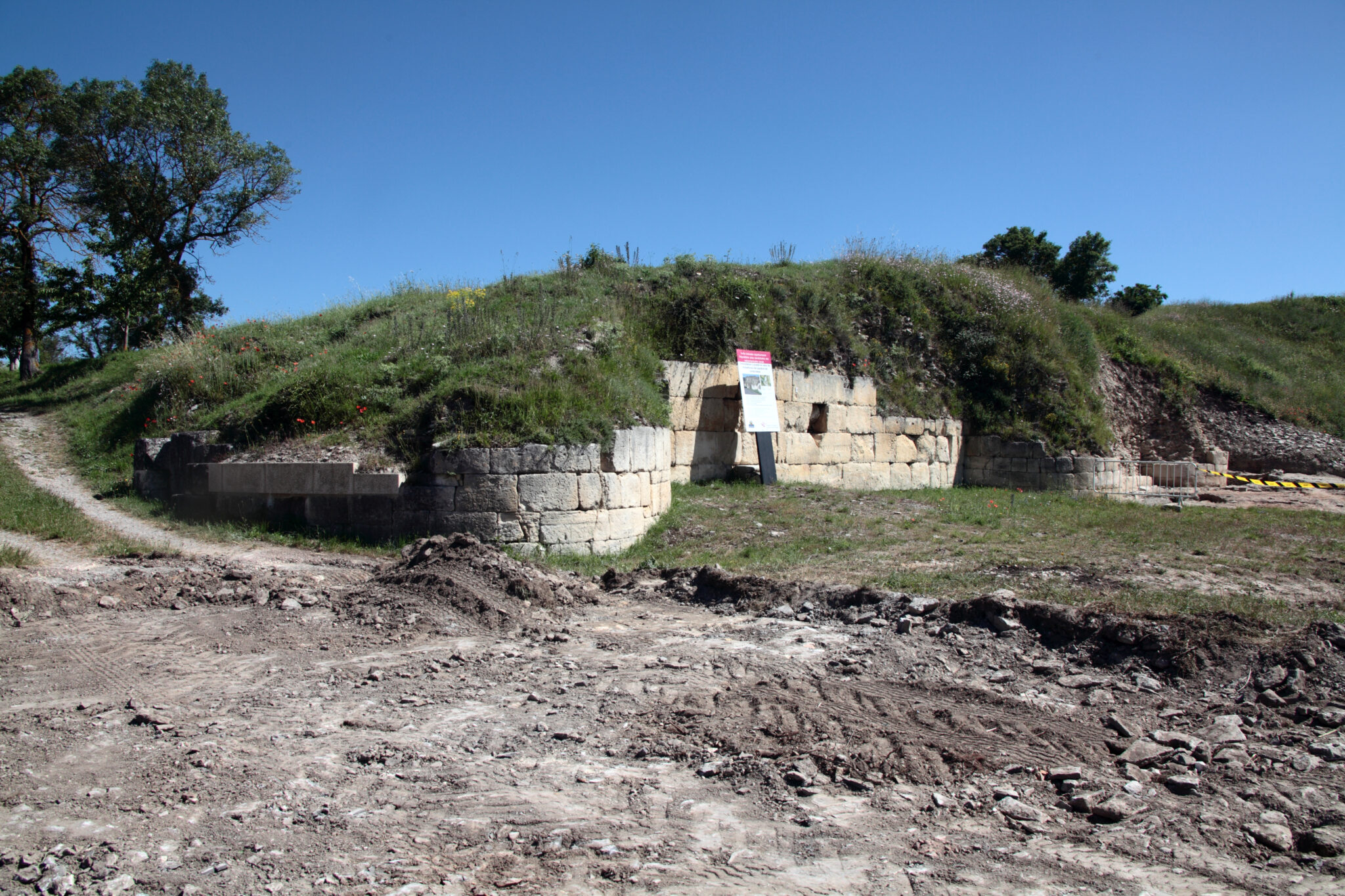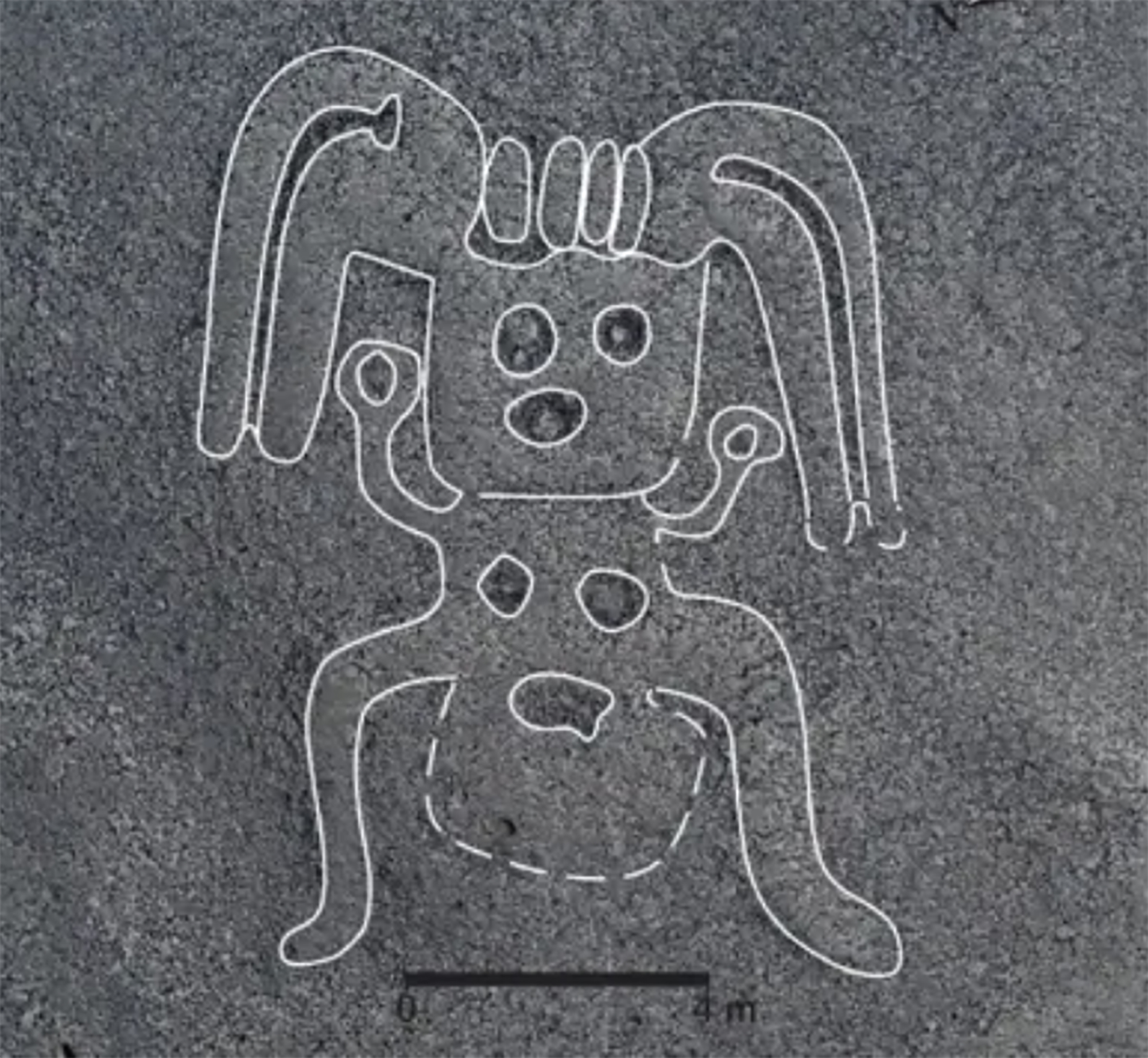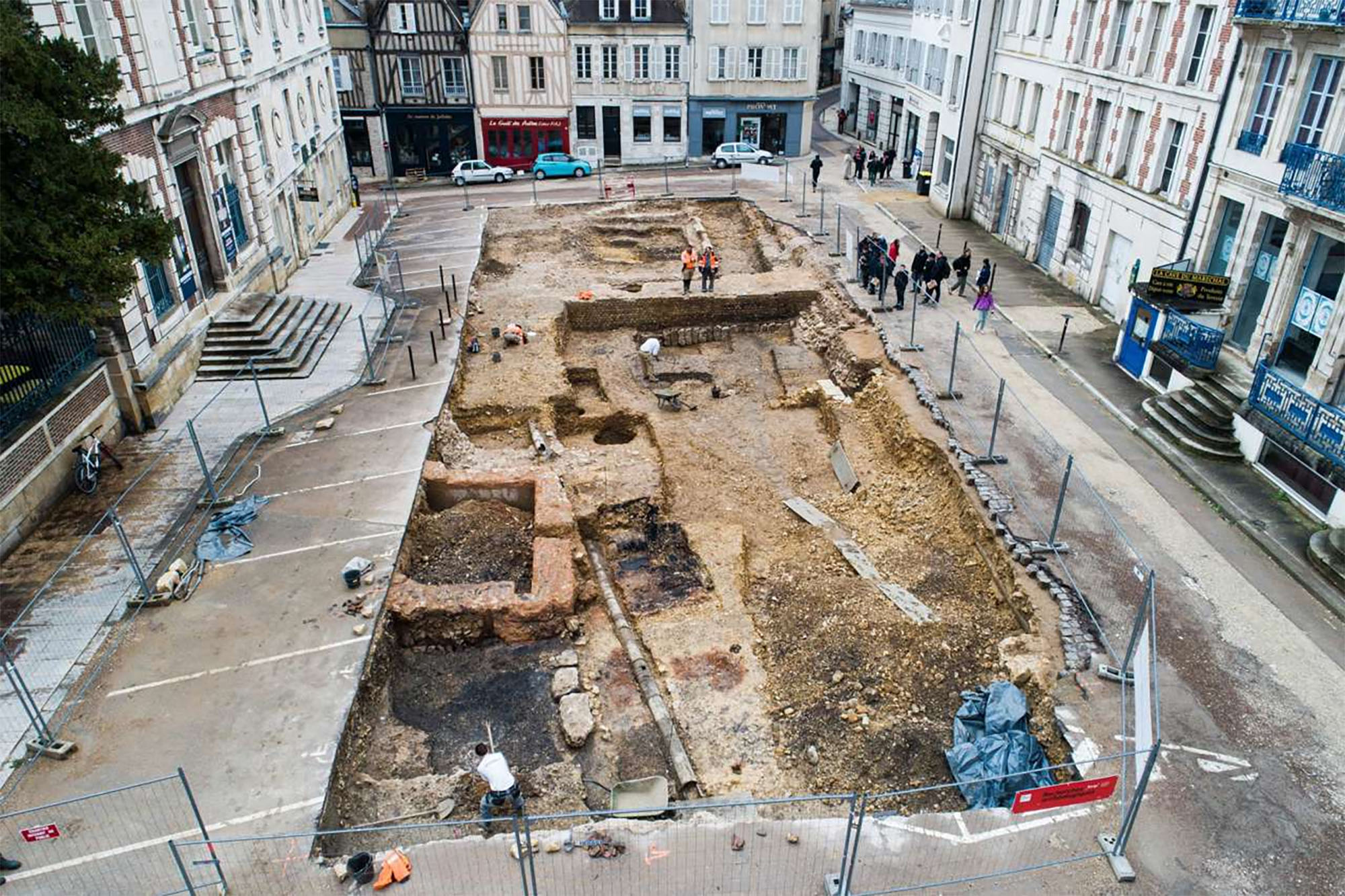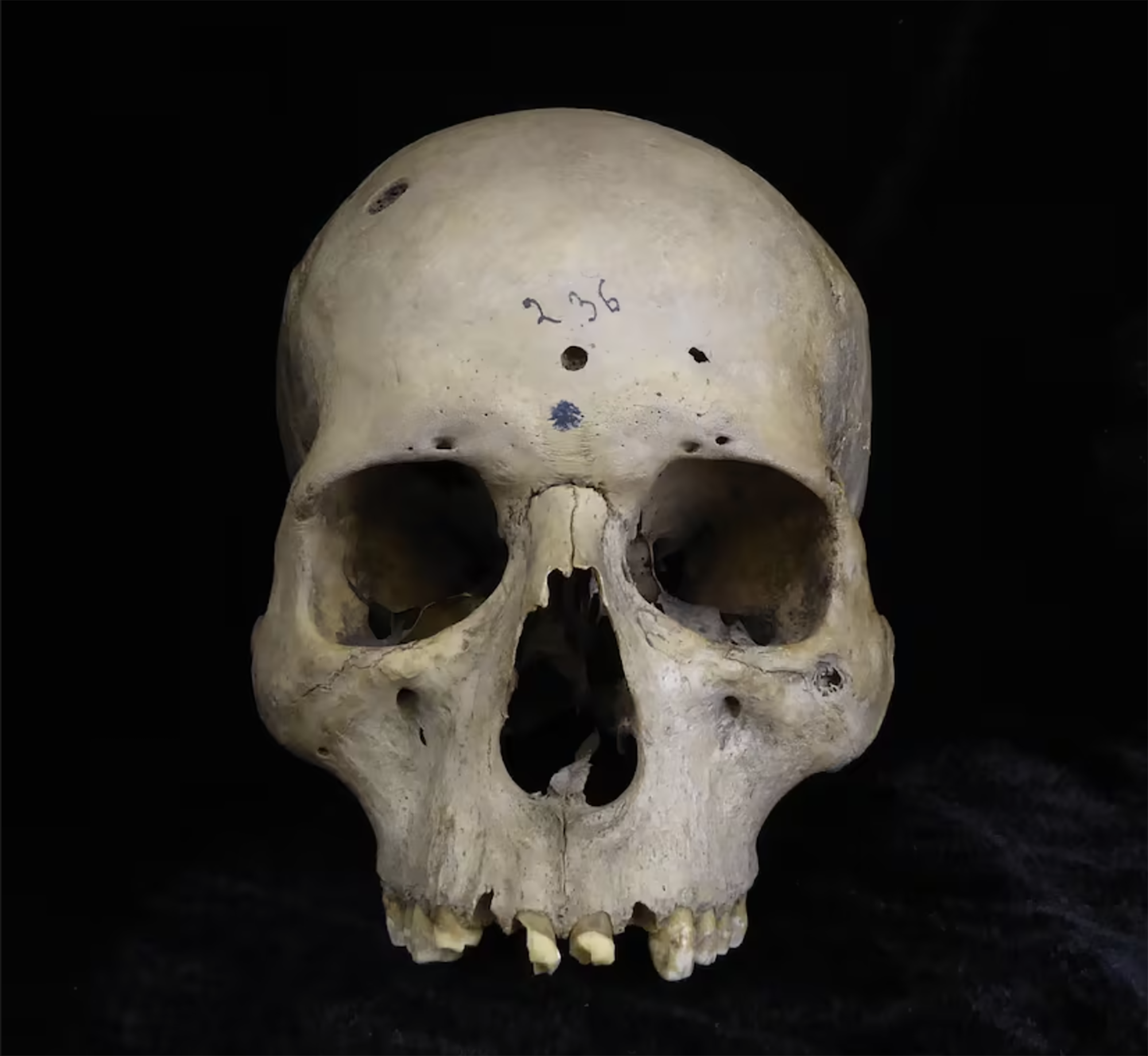A 43,000 year old silex workshop is discovered at the Barrika outdoor site
- Archaeologists, under the direction of the Professor of Prehistory of the UPV/EHU Alvaro Arrizabalaga and Dr. María José Iriarte, supported by the municipalities of Barrika and Plentzia and the Society of Archaeology Edestiaurre, have concluded that the site that last year began researching on the beach of Meñakotz. The first campaign was carried out last year at this site of Zabalatxe 22 in Barrika and this year excavations have expanded. Thus, they have found numerous vestiges that can be tests of transition between the last Neanderthals and the first modern human beings, those of the Châtelperron. So they've come to the conclusion that this is a hunter-gatherer tool workshop of the time, and so far, they've found over 1,000 tracks.

According to the professor of Prehistory of the UPV/EHU, Alvaro Arrizabalaga, during these days they have dropped to 1.30 meters to dig, but their goal is to reach six meters, "until reaching the quarry". The campaign last year saw 250 tracks, but much more information is being collected this year: "We have just begun excavation work and have already found over 1,000 tracks," explains Arrizabalaga. Thus, five more campaigns are planned for the future, as all the remains found provide valuable and novel information: "This is the best preserved Châtelperron workshop in the world."
For the time being, they have managed to gather around 20 sylex apertures of the flysch of Barrika, "much appreciated material in the past, for its quality in the production of tools by hunter-gatherers". Thus, Arrizabalaga has specified that this excavation and research work will enable us to assess the potential of the Châtelperron, a transitional stage between the Neanderthals and Homo Sapiens.
The president of the Edestiaurre Archaeological Society, Iñaki Libano, found 40 years ago the site of Zabaletxe 22, when they began the works of introduction of various tubes in the vicinity of Meñakotz. Since then, the project to analyze it has remained in an impasse until 2022.
In the first phase of last year an archaeological survey of four square meters was carried out that confirmed the presence of materials from the Middle and Upper Paleolithic, especially from the Châtelperron.
The UPV/EHU is immersed in research work, according to experts, in a site of great relevance at regional and European level. In fact, as Arrizabalaga has pointed out, the Châtelperron reservoirs are very scarce, and it is very significant for the transition between the Neanderthals and the Homo Sapiens.
So right now, Barrika has two sites of the Châtelperron culture, "and that's terrible."
Martxoaren 30erako Iruña-Veleia martxan, SOS Iruña-Veleia eta Euskeraren jatorria elkarteek manifestaziora deitu dute, Aski da! Argitu, ez suntsitu lelopean. Azken bi urteetan "hondeatzaileak sistematikoki eremu arkeologiko oso aberatsak suntsitzeko modu... [+]
Ethiopia, 24 November 1974. Lucy's skeleton was found in Hadar, one of the oldest traces of human ancestors. The Australian hominid of Australopithecus afarensis is between 3.2 and 3.5 million years old.
So they considered it the ancestor of species, the mother of all of us. In... [+]
While working at a site in the Roman era of Normandy, several archaeology students have recently made a curious discovery: inside a clay pot they found a small glass jar, of which women used to bring perfume in the 19th century.
And inside the jar was a little papelite with a... [+]
A team of researchers led by the Japanese archaeologist Masato Sakai of the University of Yamagata has discovered numerous geoglyphs in the Nazca Desert (Peru). In total, 303 geoglyphs have been found, almost twice as many geoglyphs as previously known. To do so, researchers... [+]
Treviño, 6th century. A group of hermits began living in the caves of Las Gobas and excavated new caves in the gorge of the Laño River, occupied since prehistory. In the next century, the community began to use one of the caves as a necropolis. In the 9th century they left the... [+]
On August 1, a dozen people from the family were in Aranguren. Two young people from Aranzadi made firsthand the excavations and works being carried out in Irulegi. This visit is highly recommended, as it reflects the dimension of the work they are doing.
Halfway, at the first... [+]
In the desert of Coahuila (Mexico), in the dunes of Bilbao, remains of a human skeleton have been found. After being studied by archaeologists, they conclude that they are between 95 and 1250 years old and that they are related to the culture of Candelaria.
The finding has been... [+]
The Roman city of Santakriz is an impressive archaeological site located in Eslava, near Sangüesa. Apparently, there was a fortified people of the Iron Age, and then the Romans settled in the same place. Juan Castrillo, himself a priest of Eslava, gave the site for the first... [+]
This winter the archaeologists of the INRAP (National Institute of Preventive Archaeological Research) have found a special necropolis in the historic centre of Auxerre (French State), a Roman cemetery for newborn babies or stillbirths. - Oh, good! The necropolis used between... [+]
Two years ago, the Catalan archaeologist Edgard Camarós, two human skulls and Cancer? He found a motif card inside a cardboard box at Cambridge University. Skulls were coming from Giga, from Egypt, and he recently published in the journal Frontiers in Medicine, his team has... [+]






















